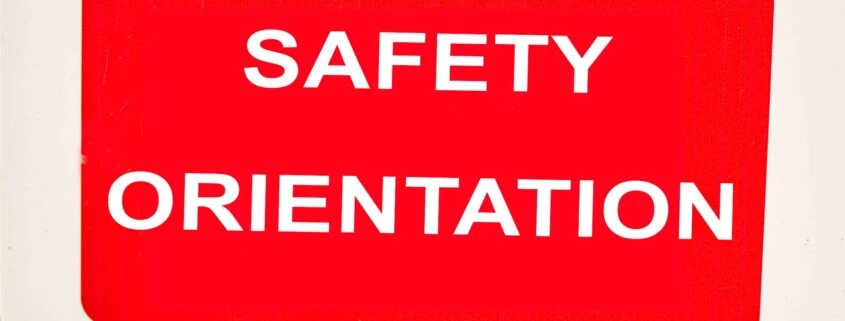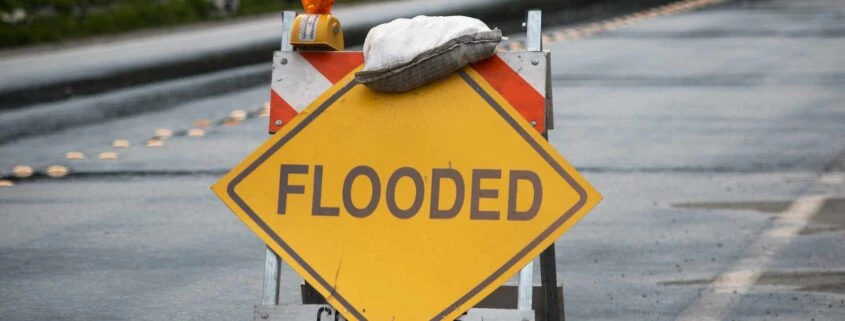Why Conduct a Safety Orientation?
Working in the construction industry, safety is critical to ensuring your employees go home to their families. Workers move from jobsite to another and often times, they’ll miss a Safety Orientation Training. According to the National Safety Council, in 2013 approximately one-third of the nonfatal occupational injuries or illnesses which involved time away from work were suffered by workers with less than one year on the job. Nearly one-quarter of those cases resulted in the employee losing 31 days of work. HB NEXT Safety Expert Jon Lovejoy explains a few key components of conducting a Safety Orientation.
Q. Why do Orientations?
A. Once an owner/employer decides to invest in his/her company’s safety program, it becomes more valuable and effective when employees are given the opportunity to learn what is actually in it. Orientations explain what the company policies are, but they should also be used to allow employees to ask why…oh, and by the way, it kills two birds…it’s training – document it.
Q. Any legal requirements?
A. There’s no real legal requirement, but OSHA does provide guidance for developing safety programs in accordance with its regulations and standards. Safety Programs must provide employee involvement. From understanding their responsibilities, to knowing what the rules are, feeling empowered to help improve the program, the Orientation is a good place to begin employee involvement.
Q. What does it do for the employer and employee?
A. For the employer, they’ll get a better ‘acknowledgment’ from employees by having them sign off…reduces the “you never told me that” situations. For the employee, they’ll learn things they can do – and need to do – to help protect themselves and the company…like inspection documents, training sign-ins, disciplinary documents.
Q. How can automating an orientation help the employer?
A. It’s easy to ‘implement’ a safety program for the entire company, all at once, if everyone can be brought in at one time…automation helps with consistent and cost-effective delivery in different locations, as well as with each new-hire.
Ask HB NEXT for your guidance for conducting your next Safety Orientation. Don’t miss the opportunity to engage with your employees and ensure they’ll return home safe after a day’s work. If you need assistance with creating or automating your Safety Orientation or creating your Safety Manual to have an orienation, please contact HB NEXT.



